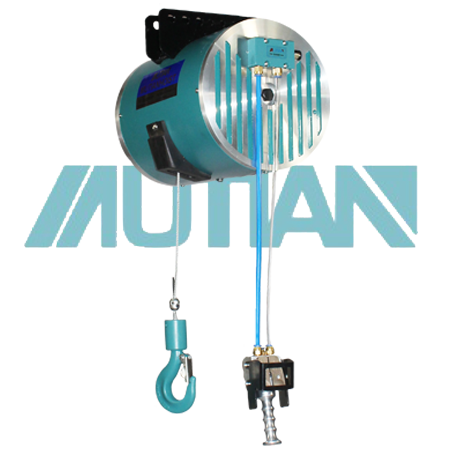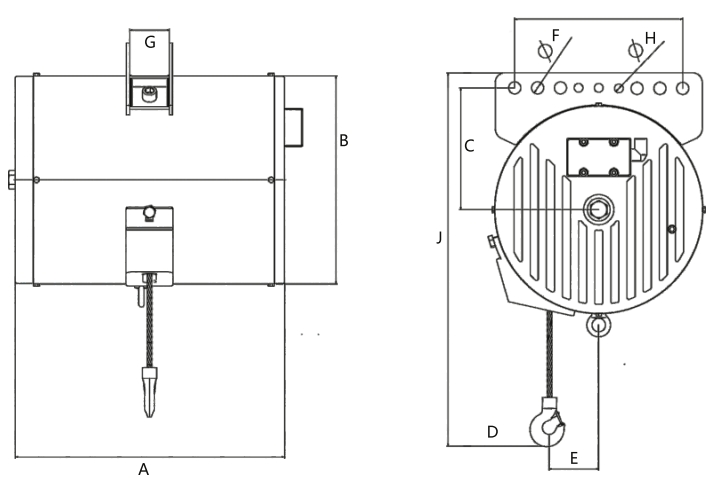 中文版
中文版



Welcome to contact us by phone:0086-0312-7969888
The operational lifespan of a pneumatic balancer can vary depending on several factors, including the quality of the equipment, usage patterns, maintenance practices, and environmental conditions. Pneumatic balancers, like any machinery, are subject to wear and tear over time.
Here are some factors that can influence the lifespan of a pneumatic balancer:
Quality of Manufacturing: Higher quality pneumatic balancers made with durable materials and precise engineering tend to have a longer lifespan.
Usage Patterns: The frequency and intensity of use can impact the longevity of the equipment. Pneumatic balancers used within their specified load capacity and operational limits are likely to last longer than those subjected to constant overloading or misuse.
Maintenance: Regular maintenance, including lubrication of moving parts, inspection of air hoses and components, and addressing any issues promptly, can extend the lifespan of a pneumatic balancer.
Environmental Conditions: The operating environment plays a role. Exposure to harsh conditions, such as extreme temperatures, humidity, or corrosive substances, can affect the components of the pneumatic balancer.
Compressed Air Quality: The quality of the compressed air used to power the pneumatic balancer can impact its performance. Clean and dry air is generally recommended to prevent damage to internal components.
It's important to follow the manufacturer's guidelines for maintenance and usage to ensure the pneumatic balancer's optimal performance and longevity. Regular inspections and servicing by qualified technicians can help identify potential issues before they lead to significant problems.
As a general guideline, a well-maintained pneumatic balancer can last for several years. However, specific information about the expected lifespan should be available in the manufacturer's documentation or user manual for the particular model you are using. If you have a specific pneumatic balancer in mind, it's advisable to refer to the manufacturer's recommendations for maintenance and expected lifespan.


X